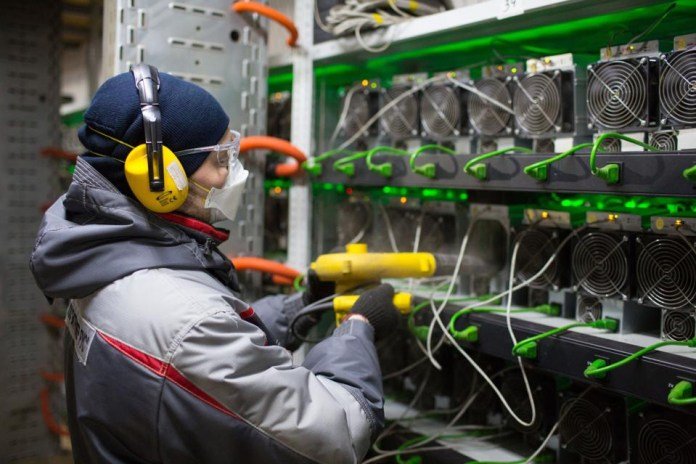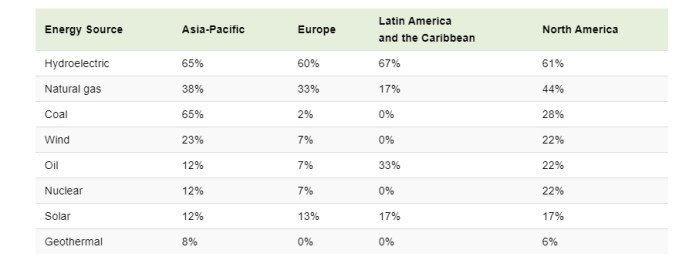}
Hello everyone, in this article, we are discussing the issue of Bitcoin and energy consumption, which has come back recently. How much electricity is required to power the Bitcoin network?
To understand this well, it is necessary to compare Bitcoin's power consumption with various countries and companies. So we used some data from Cambridge University's Bitcoin Electricity Consumption Index (CBECI).
When people mine Bitcoin, what they're actually doing is updating the accounting of BTC transactions, also known as blockchain. This means they solve numerical puzzles with 64 digits hexadecimal solution known as hash.
Miners can be rewarded with BTC, but only if they reach the solution before others. For this reason, Bitcoin mining facilities have become and continue to spread worldwide, according to personal efforts.

These facilities allow miners to grow their hashrates, also known as the number of hashes produced per second. The higher the hashrate rate, on the other hand, requires a larger amount of electricity and can in some cases overload local infrastructure.
On March 18, 2021, the annual energy consumption of the Bitcoin network was estimated at 129 terawatt-hours (TWh). How this number compares to specific countries, companies and more is explained in the image below.
* Terawatt hour (TWh) is a measure of electricity representing 1 trillion watts sustained for an hour.

However, if Bitcoin were a country, it would theoretically rank 29th out of 196 countries and its energy consumption would be higher than Norway (124 TWh). Compared to larger countries such as the US (3.989 TWh) and China (6,543 TWh), the energy consumption of the cryptocurrency is relatively low.
For further comparison, the Bitcoin network consumes 1.708% more electricity than Google, but 39% less energy than any data center in the world.
In the 2020 report prepared by the University of Cambridge, researchers found that 76% of crypto miners use renewable energy to some extent to power their operations. Still, only 9% of crypto mining's total energy consumption is from renewables.

Hydroelectric power is the most common resource globally and is used by at least 60% of crypto miners in all four regions, and accordingly other forms of clean energy such as wind and solar are less popular.
Coal power plays an important role in the Asia-Pacific region and is the only resource that can compete with hydropower in terms of usage. This can largely be attributed to China, now the world's largest coal consumer.
Researchers from the University of Cambridge are not surprised by these findings, as the Chinese government's strategy to ensure self-sufficiency in energy has led to an oversupply of both hydroelectric and coal power plants. However, as cryptocurrencies move towards the mainstream, it's no surprise that governments and other regulators are turning their attention to the industry's carbon footprint.